Schools Transmission Studies
How does COVID-19 affect children?
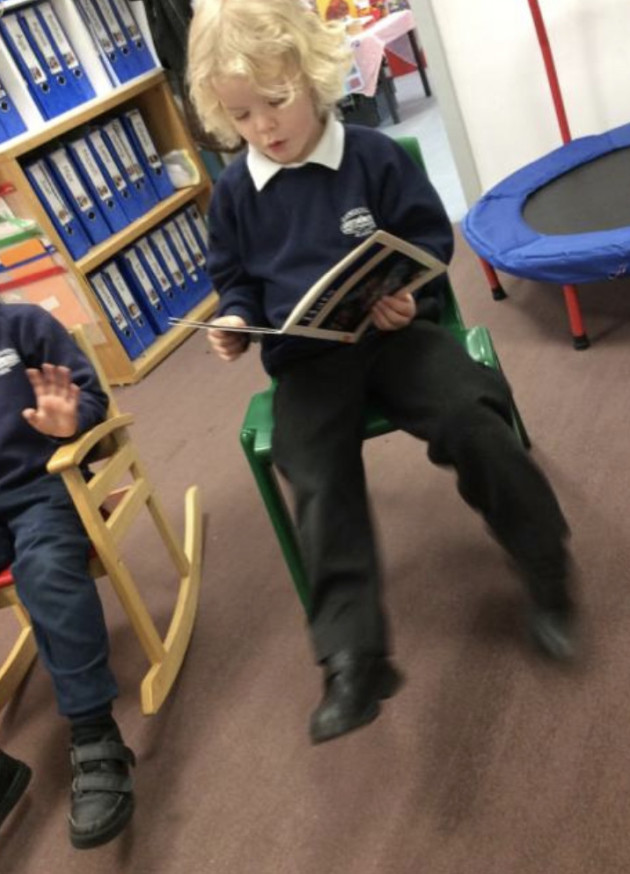
Lots of studies have now shown that children are very unlikely to suffer unpleasant symptoms of COVID-19, and are highly unlikely to need hospital admission. Although there have been some cases of an inflammatory illness that followed the COVID-19 upsurge, these were extremely rare, and we don’t yet understand if there is a direct link or not.
Children also appear less likely to act as the source of infection in outbreaks. This is very different to infections like scarlet fever or measles - during the lockdown period some of those infections in children became much rarer.
What happens if there is a case of COVID-19 in a school?
If there is a case of COVID-19, the tracing system will ensure that the person affected stays at home, and will ensure that contacts of that case are informed and advised to self-isolate.
Public health teams provide advice to schools on this too - if there is a case in a school, the affected class group will be asked to self-isolate at home. If there is more than one case in a school, public health teams will advise on this too, just as they do for any other infectious disease, using an incident plan. This might involve enhanced testing in some cases.
What will the TraCK study do?
TraCK is a research project that will run in addition to the normal public health responses. Because it’s a research project, the work will only be done if people agree to take part.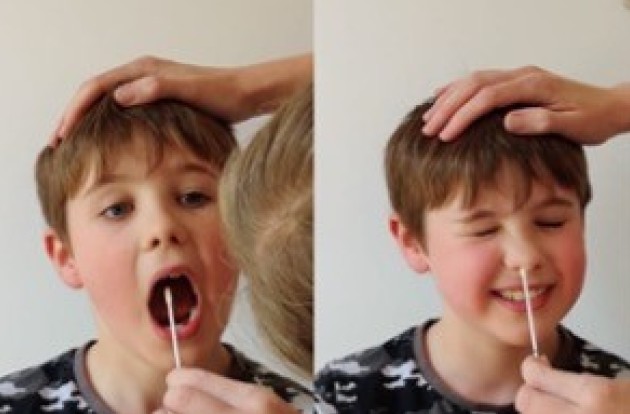
The team will follow up cases of COVID-19 that have attended a school, to find out how long children carry infectious virus, and to see if it is present in body fluids like saliva, on skin, on other surfaces, and in the air around an infected child. The research team will also rigorously check to see if any other people get infected among classmates and household members – even if no one has symptoms. They will also check the school and home environment for the virus. The study is quite intensive so it will gather a lot of information from a small number of schools.
Why is it important? There is accumulating evidence that children are not contributing much to transmission of COVID-19. If the virus is not readily transmitted by children, by proactively seeking asymptomatic infection or “carriage” in healthy children and school staff who are exposed to a case, the study will be able to provide a high level of reassurance. On the other hand, if the infection is transmitted in a manner similar to scarlet fever, or present in other body fluids, we may be missing opportunities to control the virus. The study will help us design the best interventions to reduce transmission where children are involved.
How will the study work?
The study will be triggered if a single case of COVID-19 in a child or adult is notified in any school in the London area; notification means that UK Health Security Agency (UK-HSA) know about the case. The school will be asked to follow standard public health advice at this stage and the affected child’s contacts will be asked to self-isolate.
Who has approved the study? The study has full ethical approval from a national Research Ethics Committee and has been peer-reviewed and funded by UKRI.
The research is being done by Imperial College London together with UK Health Security Agency. COVID-19 Research is funded by UKRI in partnership with NIHR. The investigators are, from Imperial College London: Professor Shiranee Sriskandan, Professor Wendy Barclay, and Professor Graham Taylor and, from Public Health England: Dr Rebecca Cordery, Dr. Miranda Mindlin, and Dr Theresa Lamagni (all of UK-HSA).
New TraCK report (Dec 2021) This report compares SARS-CoV-2 transmission and environmental contamination in schools versus households.
Note: this study is not currently open for recruitment.
Downloadable study information leaflets:
For more information about this study, contact us at head.ops@imperial.ac.uk.
For information about data related to our study, please read our Transparency Statement
What is scarlet fever?
Scarlet fever is an infectious childhood illness with sore throat, body rash, and fever caused by Streptococcus pyogenes (group A strep, or ‘Strep A’) but easy to treat with antibiotics.
Scarlet fever is a notifiable infection; peaks of scarlet fever occur in the springtime. Rates in England have risen in the last 4 years to levels seen in the early 1960s for reasons no one is sure of.
Do we need to worry about it?
Although scarlet fever is treatable with antibiotics, rates of rarer but more dangerous group A strep infections can also increase when scarlet fever rates are high. Though very rare, these can kill up to a fifth of those affected through devastating effects of sepsis.

How can we stop the spread?
We want to stop transmission of A Strep in outbreaks of scarlet fever. The main age group affected are nursery and reception age children aged 4-6 years.
To do this, we first need to understand whether- and how- Strep A spreads in nurseries.
Could better hand hygiene or different treatments reduce spread? Better control of Strep A may ultimately reduce risk of rare but more dangerous infections.
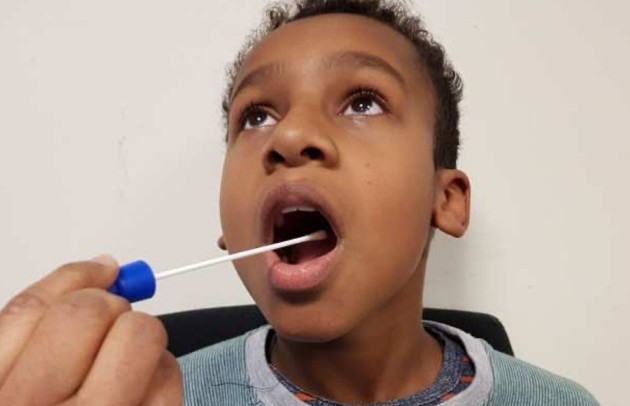 What is the study doing?
What is the study doing?
We are visiting homes & nurseries with scarlet fever cases, to take swabs from children being treated for scarlet fever, their household contacts, and healthy classmates.
We have launched an online survey of all households in the London area with notified cases of scarlet fever to collect information about treatment and burden of scarlet fever.
We are also conducting experiments to find out which antibiotics are best at preventing transmission and if there are differences between different Strep A strains.
What are the findings so far?
Previous estimates suggested less than 4% of healthy children carry Strep A in their throats. In the nurseries we studied, 40% of healthy classmates carried the same strain of group A strep in the 3 weeks after children in the same class had been diagnosed with scarlet fever. About a quarter of those healthy children who were carriers, and who seemingly had no symptoms themselves, had the same strain of Strep A in their throats for 2-3 weeks and were able to spread it into the air, which might explain how outbreaks continue.
333 (20%) of 1,703 households contacted took part in the online survey. All cases received appropriate treatment once scarlet fever was diagnosed. Prior contact with other children with both sore throat and scarlet fever was very common (58% and 67%). Although almost all children diagnosed with scarlet fever received the recommended antibiotic treatment, one-fifth of children were initially thought to have a virus, and so treatment was delayed, potentially leaving them infectious for a few days. From the swabbing study we know that children who are treated do clear the bacteria promptly.
What can be done?
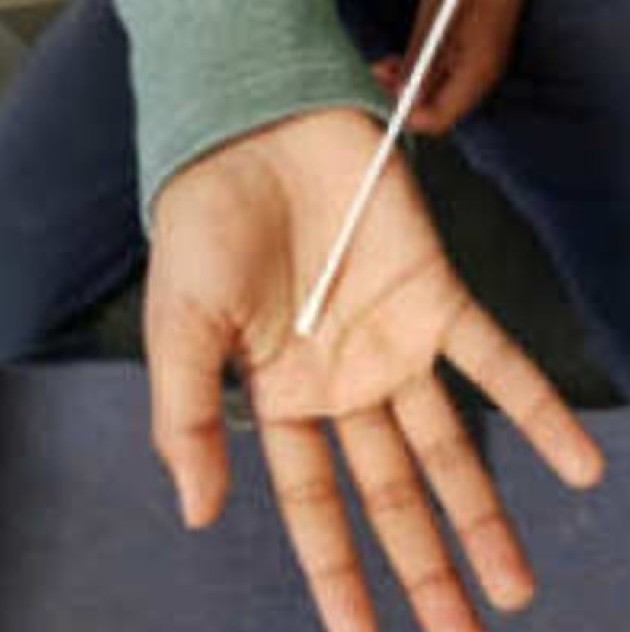
We saw intense transmission of group A strep among healthy children, even if their classmates with scarlet fever were properly treated. This means that the infection had already spread by the time a child is diagnosed.
We know from the survey that most scarlet fever cases arose after contacts with either sore throat, which can also be caused by Strep A or scarlet fever (or both). So, detecting and treating sore throats due to Strep A in younger children may be just as important as detecting and treating scarlet fever. Making it easier for doctors to diagnose strep A throat in young children who are 'heavy shedders' with antibiotics too, as it is possible they may not be able to tell us they feel unwell and this may also reduce transmission.
We know that scarlet fever outbreaks are often terminated by school holidays. The COVID-19 pandemic has had a dramatic impact on rates of scarlet fever which have plummeted--as have rates of the more dangerous Strep A infections. However, closing schools and nurseries is not a long-term strategy for controlling Strep A!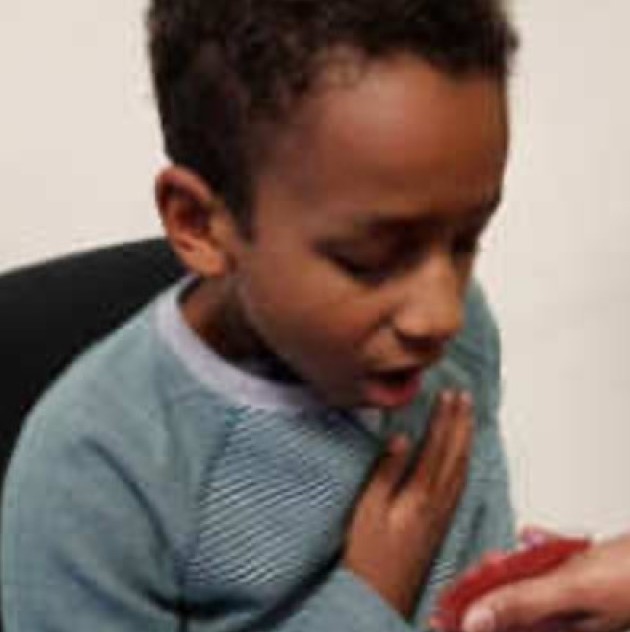
What next?
This study has taught us how to work together with schools and nurseries caring for younger children in order to do really important research into transmission of acute infection. We now plan to adapt the study to check for other infections that people worry are transmitted in classrooms, including COVID-19.
The research is being done by Imperial College London together with UK Health Security Agency. Scarlet Fever Research is funded by the charity Action Medical Research for children. The investigators are Professor Shiranee Sriskandan (Imperial College London), Dr Rebecca Cordery (Public Health England) and Dr Theresa Lamagni (Public Health England).
For information about data related to our study, please read our Transparency Statement.

